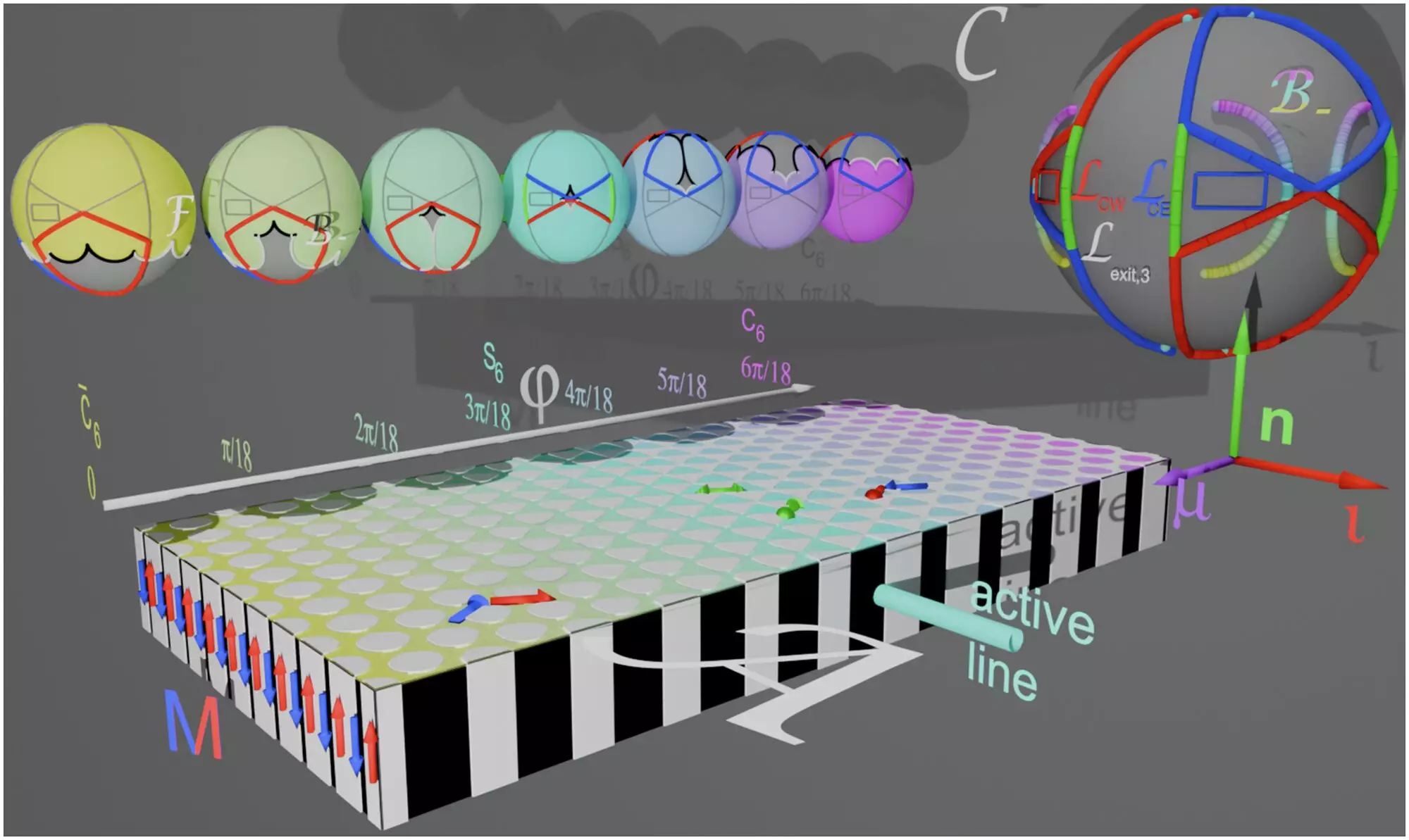In a groundbreaking study, researchers from the University of Bayreuth have taken an innovative leap into the realm of nanotechnology by creating a method to control the growth of microscopic “runners.” These tiny, engineered entities, formed through the alignment of paramagnetic colloidal spheres, present a bold new frontier in the manipulation of micro-scale robotics. The implications of this technological marvel extend into multiple sectors, including medicine, where these micro-runners could serve as carriers for essential biochemicals.
The underlying principles of this development hinge on the strategic use of external magnetic fields to cohesively assemble these colloidal particles into varying lengths of rods. The inherent flexibility of this method is remarkable: once formed, these micro-runners exhibit a compelling autonomy, capable of movement without further external intervention. They do not merely skitter about aimlessly; rather, they conform to a predefined behavior, suggesting a degree of programmed intent.
Engineering a Microscopic Factory
The research team’s creation of a “biped factory” is particularly intriguing. Utilizing magnetic forces, they are able to orchestrate the assembly of microspheres into bipedal structures, releasing them into their operational domain once they reach a predetermined length. This is achieved through the implementation of a meticulously designed magnetic metamorphosis pattern, featuring oppositely magnetized domains. The team demonstrated adept precision by optimizing the magnetic loops that govern particle movement to ensure that various micro-runners could be specifically directed and combined into rods of different sizes.
The versatility of such a system allows for the production of bipeds in multiple lengths—an accomplishment that highlights the nuance of their method. The team achieved successful fabrication of six distinct lengths of bipedal structures, exhibiting a level of control previously unseen in micro-robotics. This versatility could pave the way for tailored solutions in drug delivery systems, where different sizes may be necessary to navigate the complex human biological landscape.
Collaborative Innovation Across Borders
This research did not occur in isolation; it represents a fruitful collaboration among institutions spanning geographical boundaries. Partnering with the University of Kassel and the Polish Academy of Sciences, the team at Bayreuth exemplifies the power of international collaboration in advancing scientific inquiry. The modernization of research methodologies undertaken by this collaborative effort demonstrates how diverse expertise can propel groundbreaking innovations.
In publication in Nature Communications, the findings not only contribute to the understanding of physical micro-assemblies but also open avenues for future exploration and application. The method developed allows for further studies into the behavior of these microscale bipeds under various environmental conditions, ultimately leading to an improved understanding of their utility. The potential benefits in fields such as targeted therapy, diagnostics, and bioengineering all point to a transformative impact grounded in this pioneering work.
As we stand on the cutting edge of nanotechnology, these advancements beg the question: how far can we take the capabilities of these micro-runners? What additional complexities can be engineered, and what unforeseen applications lie just beyond the horizon? Whether as intelligent delivery systems in personalized medicine or as the building blocks of future microscopic machinery, the journey of these little runners is just beginning.

